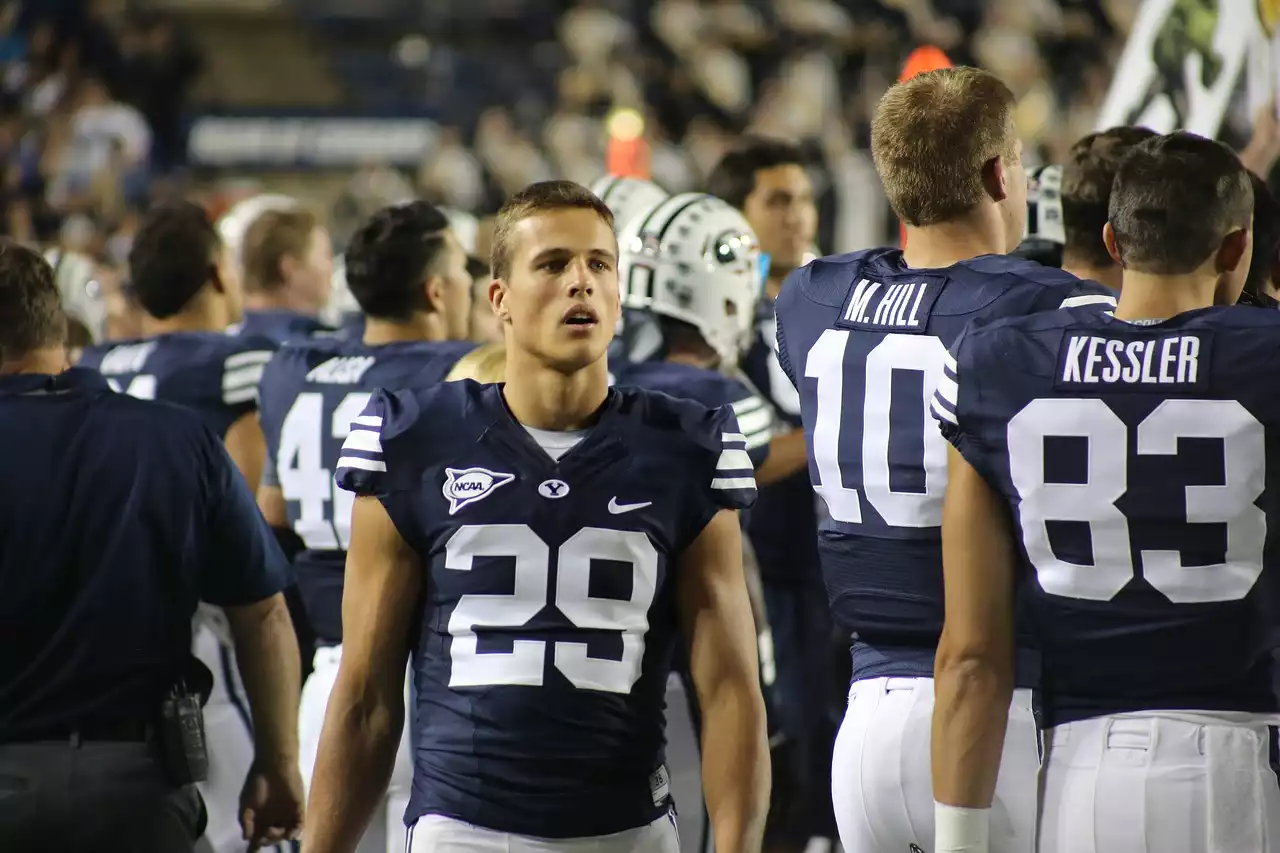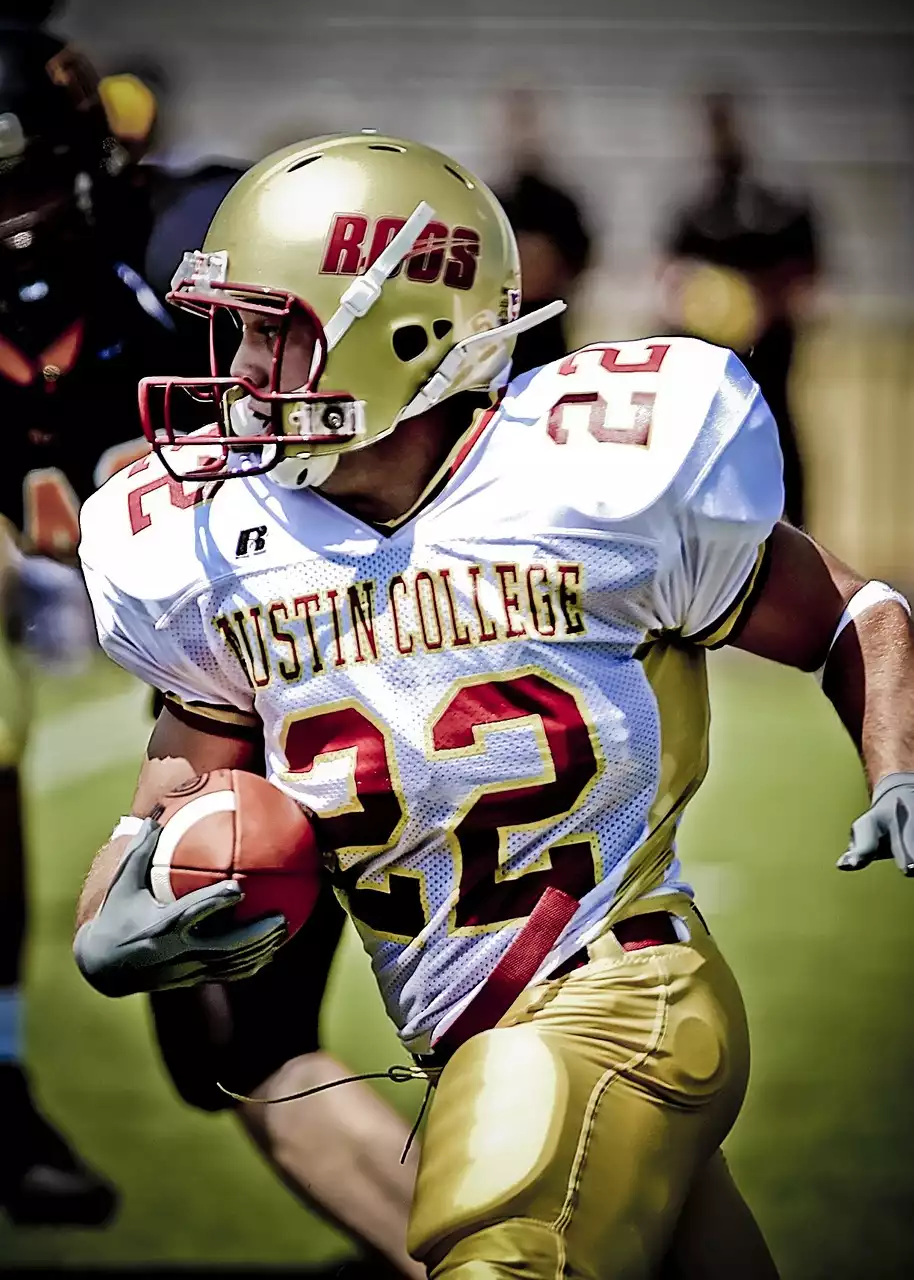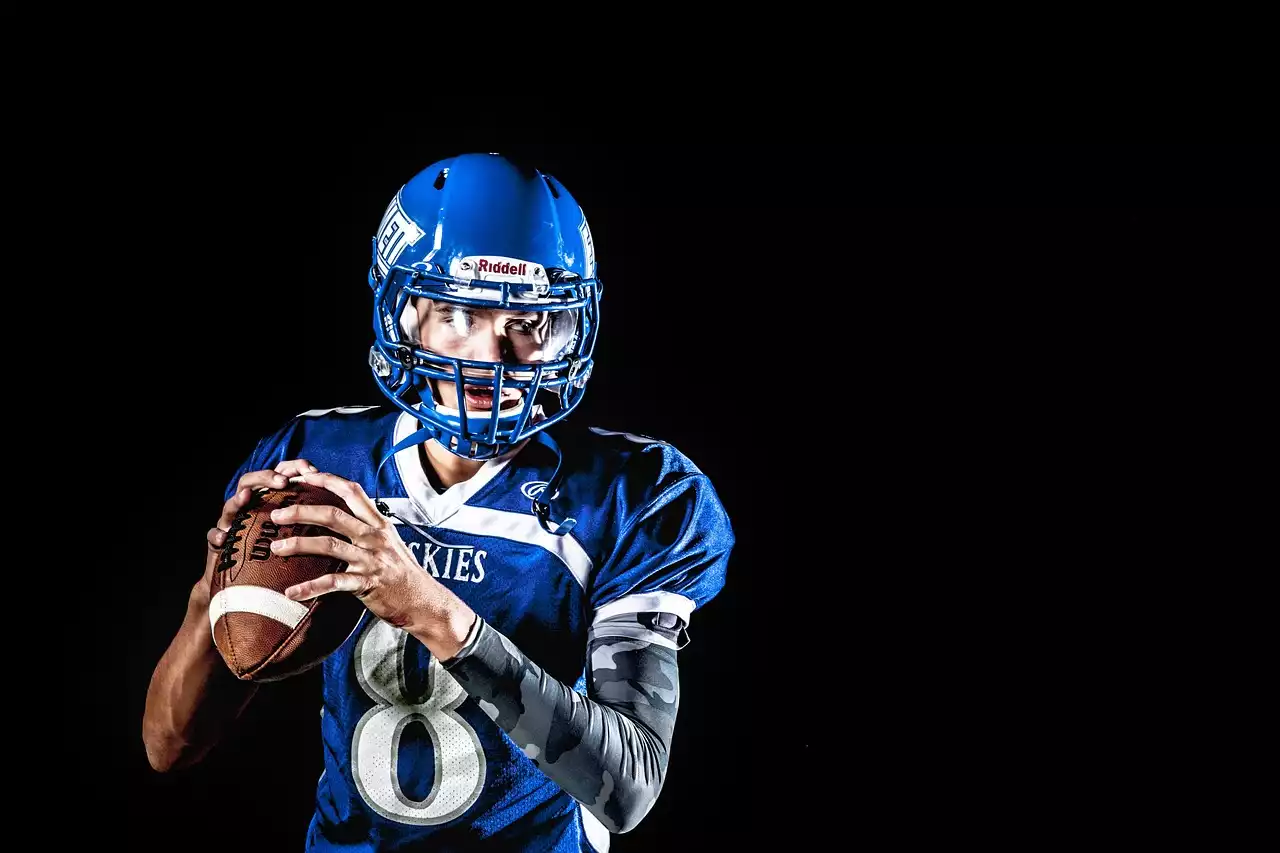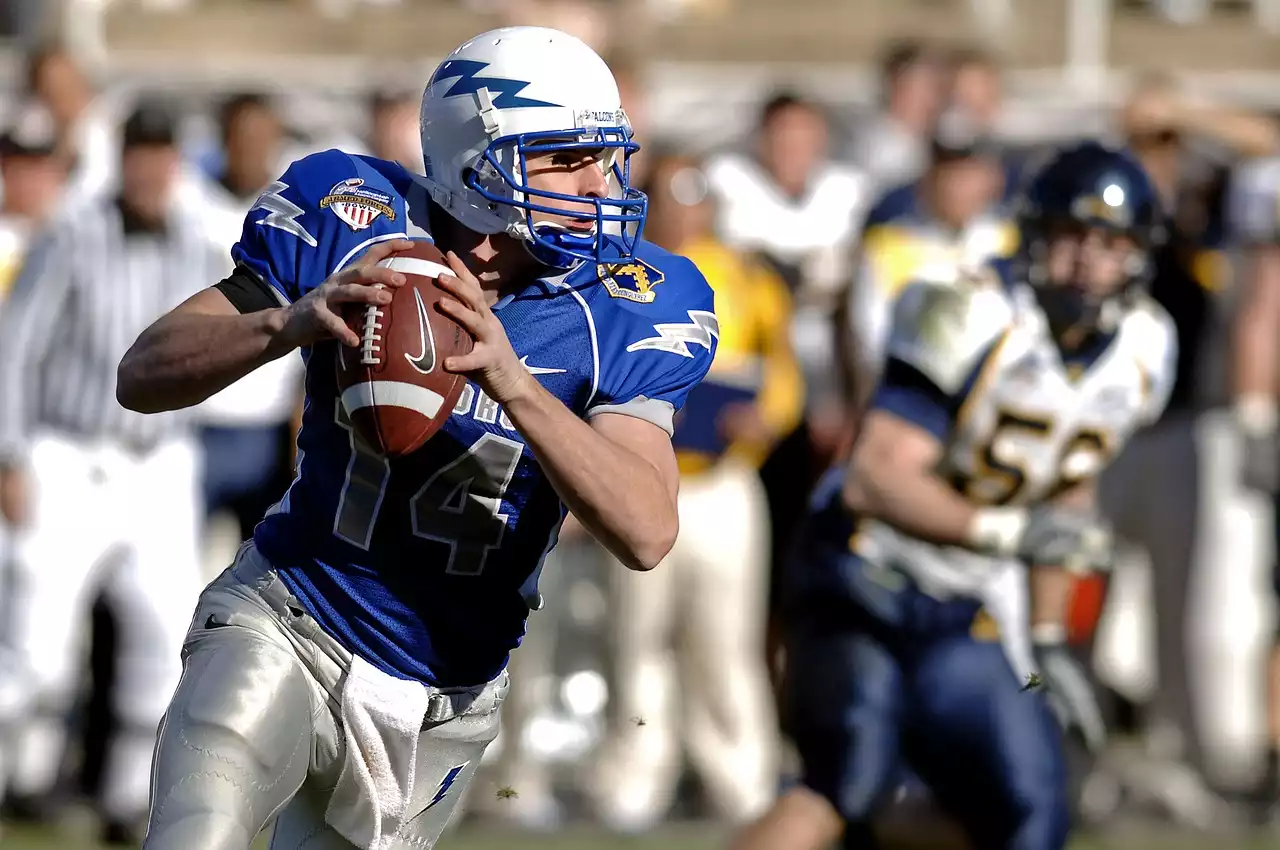The Basics of American Football
American football is a game played between two teams, each consisting of 11 players. The objective of the game is to score points by carrying or throwing the ball into the opposing team's end zone. The team with the most points at the end of the game wins.
The game is played on a rectangular field that measures 100 yards long and 160 feet wide. The field is divided into halves, with each half being 50 yards long. At each end of the field, there is an end zone that measures 10 yards deep. The objective of the game is to score a touchdown by carrying or throwing the ball into the opposing team's end zone.
The game is divided into four quarters, each lasting 15 minutes. At the end of the second quarter, there is a halftime break that typically lasts 12 minutes. If the game is tied at the end of the fourth quarter, there will be an overtime period to determine the winner.
American Football Field and Equipment
As mentioned earlier, the American football field is rectangular and measures 100 yards long and 160 feet wide. The field is marked with yard lines every 10 yards, and there are hash marks every yard to help players and officials keep track of the ball's position.
Each team has its own set of equipment that includes helmets, shoulder pads, thigh pads, knee pads, and cleats. The quarterback on each team wears a helmet with a radio receiver that allows him to communicate with his coaches on the sideline.
The ball used in American football is oval-shaped and made of leather. It measures 11 inches in length and 22 inches in circumference. The ball is usually brown in color and has laces on one side that are used to grip the ball.
Rules of American Football
The rules of American football can seem daunting at first, but they are relatively straightforward once you understand the basics. The game begins with a kickoff, where one team kicks the ball to the other team to start the game.
The team with the ball is referred to as the offense, and the team without the ball is referred to as the defense. The offense has four downs, or chances, to move the ball 10 yards down the field. If they successfully move the ball 10 yards, they get another four downs to continue their drive.
If the offense fails to move the ball 10 yards in four downs, they must either punt the ball or attempt a field goal. A punt is when the team kicks the ball to the other team to give up possession, while a field goal is an attempt to kick the ball through the opposing team's goalposts for three points.
Scoring System in American Football
The scoring system in American football is relatively simple. A touchdown is worth six points, and it is scored when a player carries or catches the ball in the opposing team's end zone. After scoring a touchdown, the team can attempt to kick an extra point by kicking the ball through the opposing team's goalposts. If successful, the team earns one point. Alternatively, the team can attempt a two-point conversion, where they must carry or throw the ball into the end zone. If successful, they earn two points.
A field goal is worth three points and is scored when a team kicks the ball through the opposing team's goalposts. Finally, a safety is worth two points and is scored when the defense tackles the ball carrier in their own end zone.
Offense in American Football
The offense in American football is responsible for moving the ball down the field and scoring points. The quarterback is the leader of the offense and is responsible for calling plays and making decisions on the field.
The offense can move the ball down the field by either running or passing the ball. Running the ball involves carrying the ball and attempting to break through the opposing team's defense, while passing the ball involves throwing the ball to a teammate down the field.
The offense can also use a variety of formations and strategies to confuse the defense and gain an advantage. Some common formations include the shotgun, the I-formation, and the spread offense.
Defense in American Football
The defense in American football is responsible for stopping the offense and preventing them from scoring points. The defense can do this by tackling the ball carrier or intercepting a pass.
The defense can also use a variety of formations and strategies to stop the offense. Some common formations include the 4-3, the 3-4, and the nickel defense.
Special Teams in American Football
Special teams in American football are responsible for kicking and returning kicks. The special teams unit includes the kicker, the punter, and the returner.
The kicker is responsible for kicking the ball off to start the game and after each score. The punter is responsible for punting the ball when the offense fails to move the ball down the field. The returner is responsible for catching kicks and returning them down the field.
Fouls and penalties in American Football
Fouls and penalties in American football can be called against either team for a variety of reasons. Some common penalties include holding, pass interference, and roughing the passer.
When a penalty is called, the offending team is usually penalized by moving the ball back or by losing a down. In some cases, the penalty can result in a turnover or a touchdown for the opposing team.










